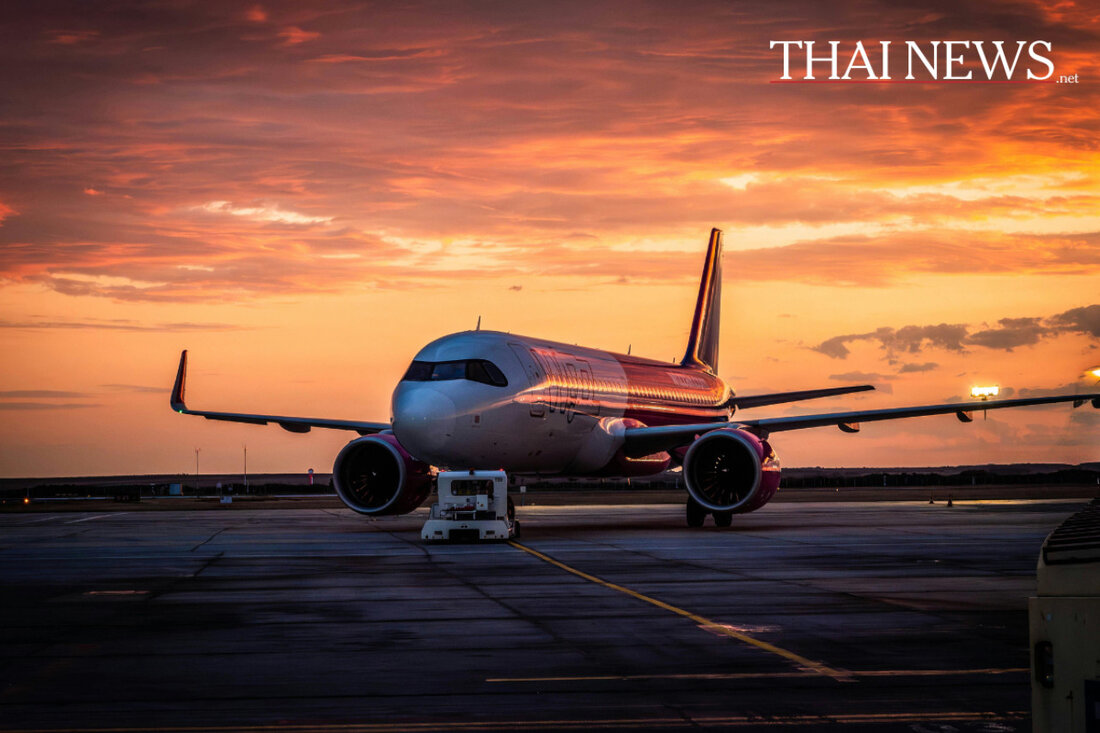Kuala Lumpur: The King of Airports in Asia Pacific 2025!
Explore Asia Pacific's dynamic aviation landscape in 2025 with the most connected airports.

Kuala Lumpur: The King of Airports in Asia Pacific 2025!
The Asia-Pacific region is experiencing an aviation boom that is hard to miss. In 2025, the focus will be on growth and connectivity, particularly at major airports in South and East Asia. Kuala Lumpur International Airport (KUL) is the leading airport, which is mainly used by the low-cost airline AirAsia and handles 36% of flights. This not only secures KUL first place among the best-connected airports in the region, but also boasts a significant increase in the number of destinations served by 22% over the last ten years. This reports aviationa2z.com.
Particularly notable is KUL's role as the world's leading low-cost carrier megahub (LCC), as highlighted in the Megahubs 2025 report The Star highlighted. KUL occupies fourth place worldwide and is therefore ahead of other important airports such as Incheon (ICN) and Tokyo Haneda (HND), which have to take this place in an international comparison. Nevertheless, ICN with 22% and HND with 36% are also remarkably well represented.
The region's main airports
In addition to KUL, which is undisputedly first, Singapore Changi (SIN) and Bangkok Suvarnabhumi (BKK) are also established players in air transport. SIN is served by Singapore Airlines and accounts for 33% of flights, while BKK with Thai Airways handles 24% of flights. Manila Ninoy Aquino (MNL) and Jakarta Soekarno–Hatta (CGK) have also established themselves in the rankings and show the growth of air traffic in Southeast Asia.
- Kuala Lumpur International (KUL) – Malaysia – AirAsia – 36%
- Incheon International (ICN) – Südkorea – Korean Air – 22%
- Tokyo Haneda (HND) – Japan – All Nippon Airways – 36%
- Singapore Changi (SIN) – Singapur – Singapore Airlines – 33%
- Bangkok Suvarnabhumi (BKK) – Thailand – Thai Airways International – 24%
- Shanghai Pudong (PVG) – China – China Eastern Airlines – 30%
- Manila Ninoy Aquino (MNL) – Philippinen – Cebu Pacific Air – 33%
- Hong Kong International (HKG) – Hongkong – Cathay Pacific Airways – 36%
- Jakarta Soekarno–Hatta (CGK) – Indonesien – Garuda Indonesia – 18%
- Fukuoka (FUK) – Japan – Japan Airlines – 18%
Grow despite challenges
How airlineratings.com reports, the aviation industry in the Asia-Pacific region is riding high post-pandemic, although it is facing some challenges. Delivery bottlenecks and rising operating costs pose problems for the industry. The transition to sustainable aviation fuel also requires significant investments, which may need to be partially covered by rising ticket prices.
Still, 10.5% growth for 2024 compared to 2019, the year before COVID-19, is a good sign. This could indicate healthy recovery and people's confidence in flying. Load factors have exceeded pre-pandemic levels, which is a positive signal for the airline industry.
In summary, the coming years will be exciting for aviation in the Asia-Pacific region, with a clear focus on connectivity and expansion, including among the low-cost carriers that are inexorably shaping the aviation landscape.

 Suche
Suche
 Mein Konto
Mein Konto
